Nearly Two Cyberattacks Targeted The Indian Army Every Month In 2019
Karamchand Rameshwar - Dec 31, 2019

India government is setting up a tri-service Defence Cyber Agency as the number of cyber threats and cyberattacks has increased significantly over the years.
- List Of Top 10 Most Popular Guns Of The Indian Army
- Indian Army Introduced Secure Messaging App Just For Its Soldiers
- Indian Army Banned 89 Apps, Including Facebook And Instagram, Citing Security Concerns
This year, the Indian Army has faced a total of 23 cyberattacks so far. It is equivalent to roughly two attempts each month, according to a highly-placed source in the security establishment.
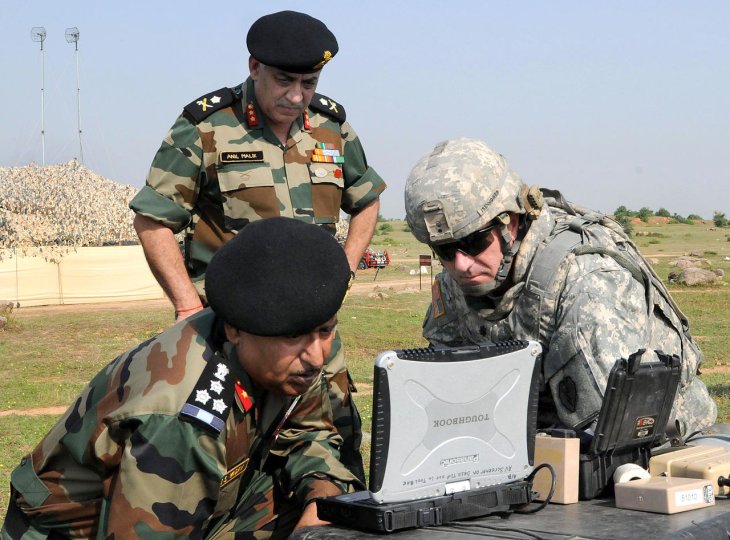
In comparison with last year, the number of cyberattacks is significantly higher, as per the source. However, the exact number of attempts in 2018 was not revealed. The source doesn’t reveal how the Army tackled those cyberattack attempts but said that there are highly-qualified officers at work to deal with them. It further stated that the officers are fully equipped with the latest and powerful hardware and software. A senior Army officer said that:

As the world is getting more and more connected thanks to the rapid development of the Internet, cyberattacks were a cause of the global concern, said a senior officer in the security establishment. The officer further added that hardware and its sourcing can lend vulnerability to their network.

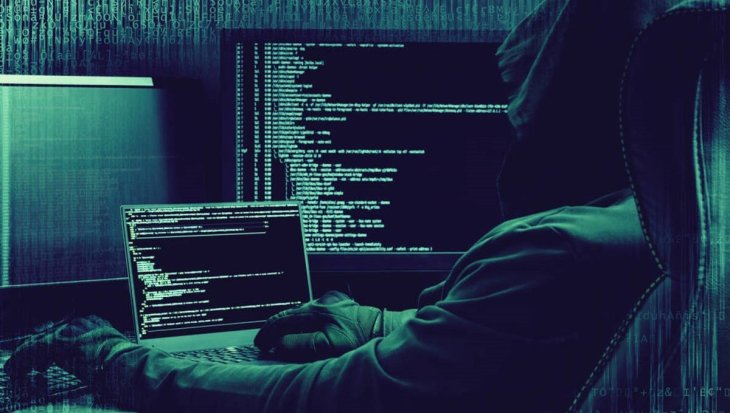
The military establishments in the world mostly have an exclusive network for operation. The network is not connected to an external network or open wide area network. Doing so, it can reduce the network’s risk of being breached from the outside world.
The senior security officer further said that:

Indian Government Is Setting Up A ‘Defence Cyber Agency’
With the Indian military going digital, there might be a rise in the cyberthreats, according to the above senior officer. He also added that:

To counter and prevent those threats, the Indian government is planning to set up a tri-service ‘Defence Cyber Agency’, under the Integrated Defence Staff. For now, cyber-security is still not a full-fledged command.
The Cabinet Committee on Security announced the formation of the ‘Defence Cyber Agency’ last year along with the other two agencies, ‘Special Operations Division’ and Defence Space Agency’.
Last month, India’s Centre Knowledge Sovereignty think tank organized a roundtable conference called 'Cyber Security & Citizen Of 2030', with the participation of representatives from Industry, Academia, Defence, and many other fields.
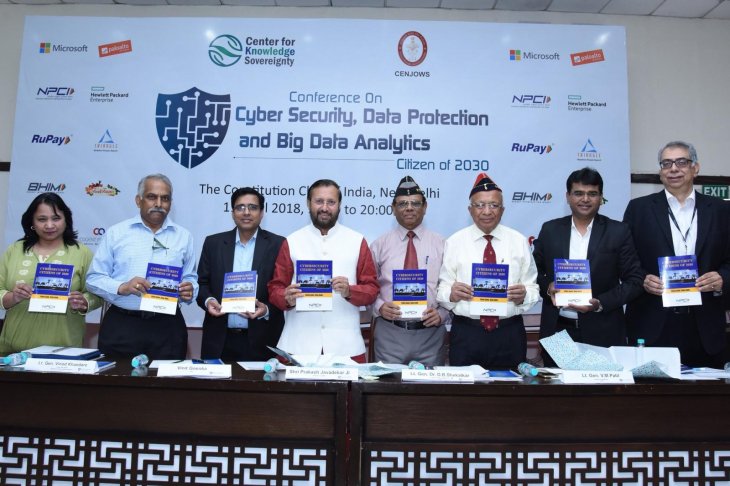
President of the think tank, Lt. Gen (Retd) DB Shekatkar predicted that the number of cyberattacks in the next year would be even higher than this year.

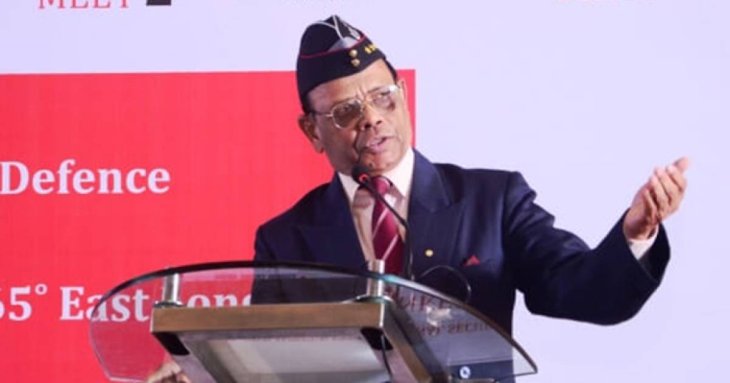
Shekatkar was the Chairman of the Committee of Experts constituted by the Ministry of Defence to recommend measures to improve combat capability and rebalance military expenditure of the Indian armed forces. He had submitted the report of the committee in December 2016. The committee, in the report, extensively talked about the threats in both space and cybersphere.
Moreover, not just the Indian army that is facing cyberattacks, but the Indian citizens have also been targeted as well. As per the Quick Heal Annual Threat Report 2019, more than 1,852 cyberattacks every minute in 2018 targeted Windows users in India. Delhi and Mumbai were the two cities that faced the most impact. Not only citizens, organizations and companies are also targets of hackers.
India’s biggest bank, the State Bank of India (SBI), left one of its servers unprotected and that exposed the data of around 422 million customers. The server, located in Mumbai, stored partial bank account numbers, bank balances and phones of customers using its SBI Quick service.
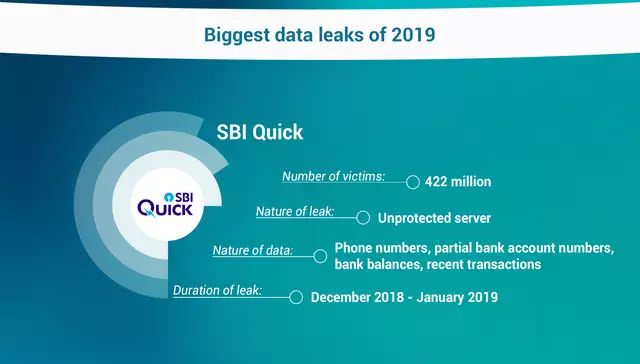
In a written reply to the Lok Sabha back in July, Union Information Technology Minister Ravi Shankar Prasad said that more than 10,000 websites in India had been breached until May 2019.
He also added that there have been cyberattack attempts launched on the Indian cybersphere, and the sources of these attempts were seen to come from multiple countries, including Pakistan and China.
Featured Stories

Features - Jul 01, 2025
What Are The Fastest Passenger Vehicles Ever Created?

Features - Jun 25, 2025
Japan Hydrogen Breakthrough: Scientists Crack the Clean Energy Code with...

ICT News - Jun 25, 2025
AI Intimidation Tactics: CEOs Turn Flawed Technology Into Employee Fear Machine

Review - Jun 25, 2025
Windows 11 Problems: Is Microsoft's "Best" OS Actually Getting Worse?

Features - Jun 22, 2025
Telegram Founder Pavel Durov Plans to Split $14 Billion Fortune Among 106 Children

ICT News - Jun 22, 2025
Neuralink Telepathy Chip Enables Quadriplegic Rob Greiner to Control Games with...

Features - Jun 21, 2025
This Over $100 Bottle Has Nothing But Fresh Air Inside

Features - Jun 18, 2025
Best Mobile VPN Apps for Gaming 2025: Complete Guide

Features - Jun 18, 2025
A Math Formula Tells Us How Long Everything Will Live

Features - Jun 16, 2025
Comments
Sort by Newest | Popular